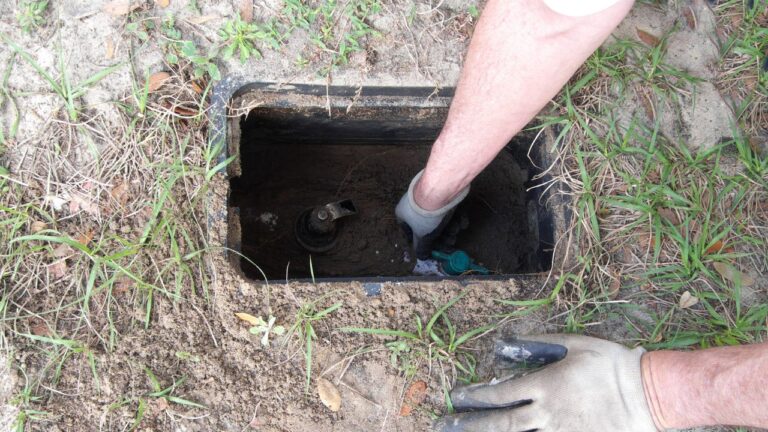What Grandma Got Right About Gardening (That Still Works Today)
Your grandma might not have had fancy grow lights or an app to remind her when to water, but she knew how to grow food that actually fed her family. A lot of her methods came from experience—passed down, tested, and proven. And you know what? Most of them still work.
If you’re trying to grow a better garden this year, it might be time to stop scrolling and start doing things the way Grandma did.
Plant With the Moon

It might sound old-fashioned, but planting by the moon’s phases actually has roots in science. The gravitational pull affects soil moisture and seed germination, and many old-time gardeners swear by timing their planting with the waxing and waning moon.
It doesn’t hurt to try it—and if your grandma’s garden was always full and healthy, odds are she was paying attention to that lunar calendar, even if she didn’t call it that.
Save Seeds from the Best Plants
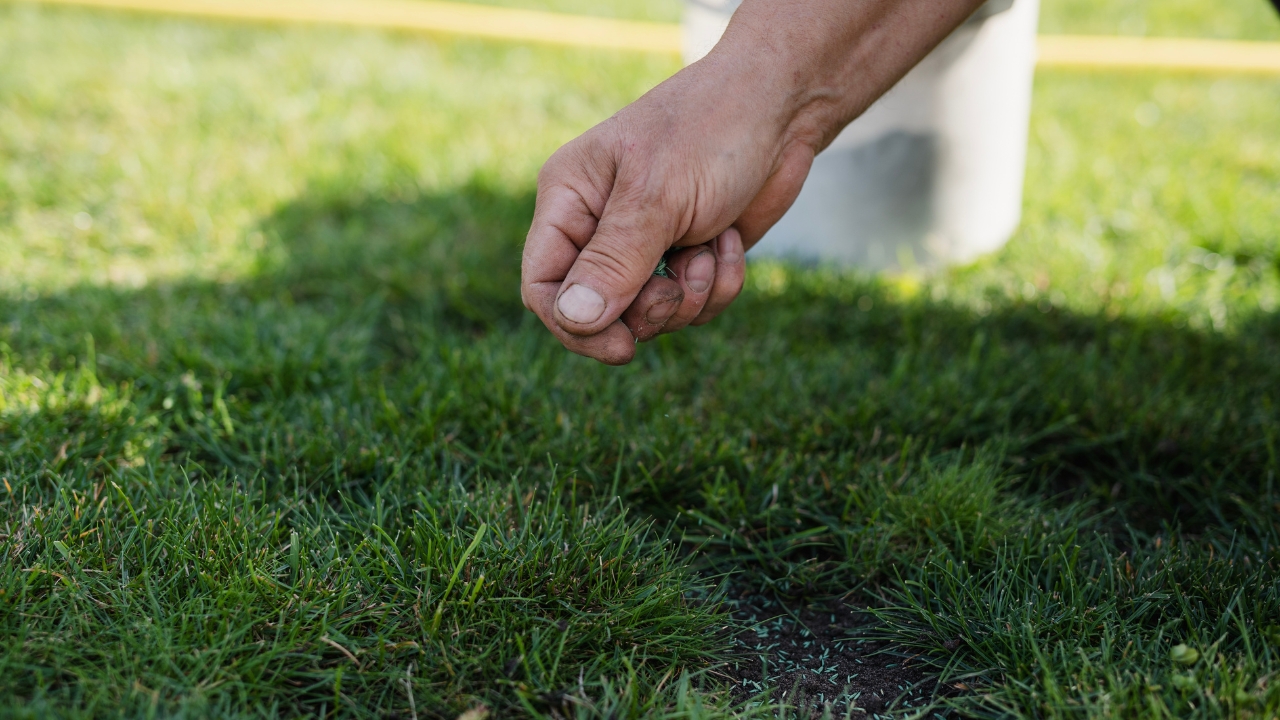
Instead of buying new seed packs every season, Grandma saved seeds from the healthiest plants. It wasn’t just frugal—it was smart. Those seeds were already adapted to the local soil, weather, and pests.
You’ll get stronger plants when you save seeds from what’s already thriving in your garden. Just make sure you’re not saving from hybrids—they don’t always grow true to type the second time around.
Feed the Soil, Not the Plant
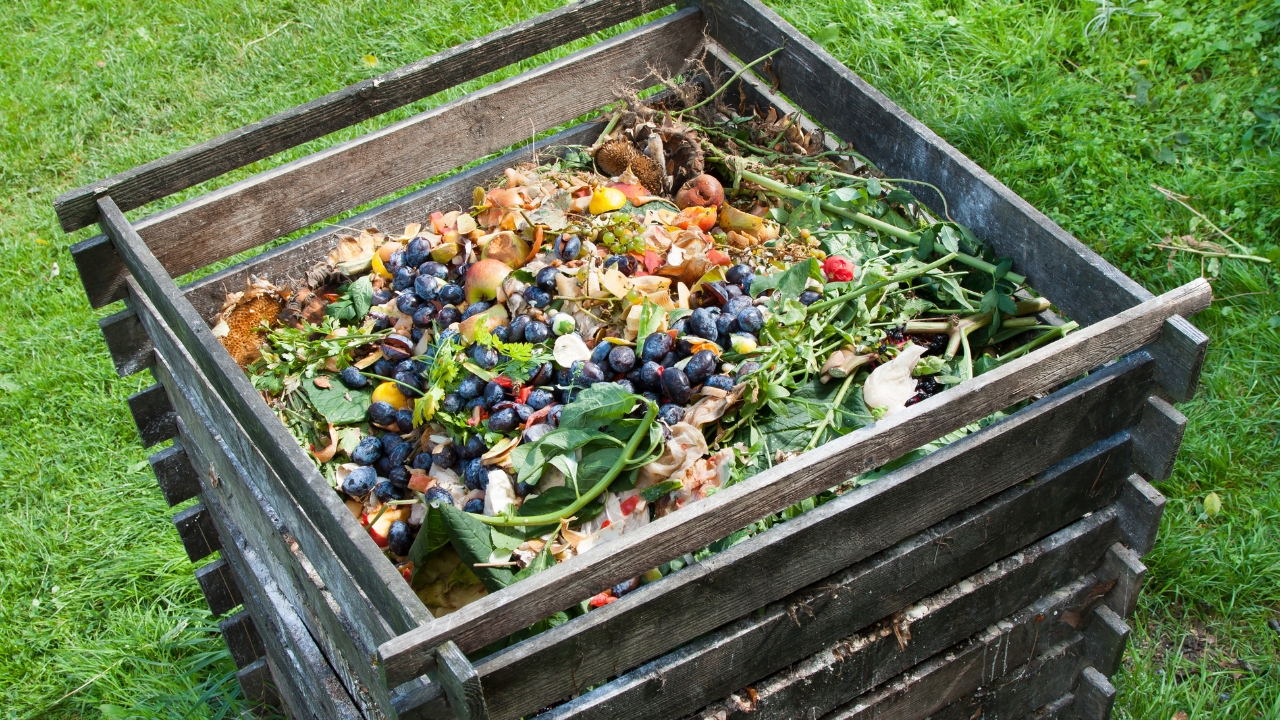
Grandma didn’t waste money on synthetic fertilizers. She fed the soil with what she had—manure, compost, eggshells. That built long-term fertility instead of chasing fast results.
If your plants are struggling, look underground. Healthy soil is the real secret to a productive garden, and your grandma knew how to build it naturally and consistently.
Use What You Have

Old buckets became planters. Coffee grounds went in the dirt. Cracked dishes lined the edges of flower beds. Your grandma didn’t overthink it—she used what was already on hand.
Modern gardening often pushes gadgets and specialty products, but some of the most effective tools are already in your house. Reuse, repurpose, and don’t be afraid to get creative.
Companion Planting Works
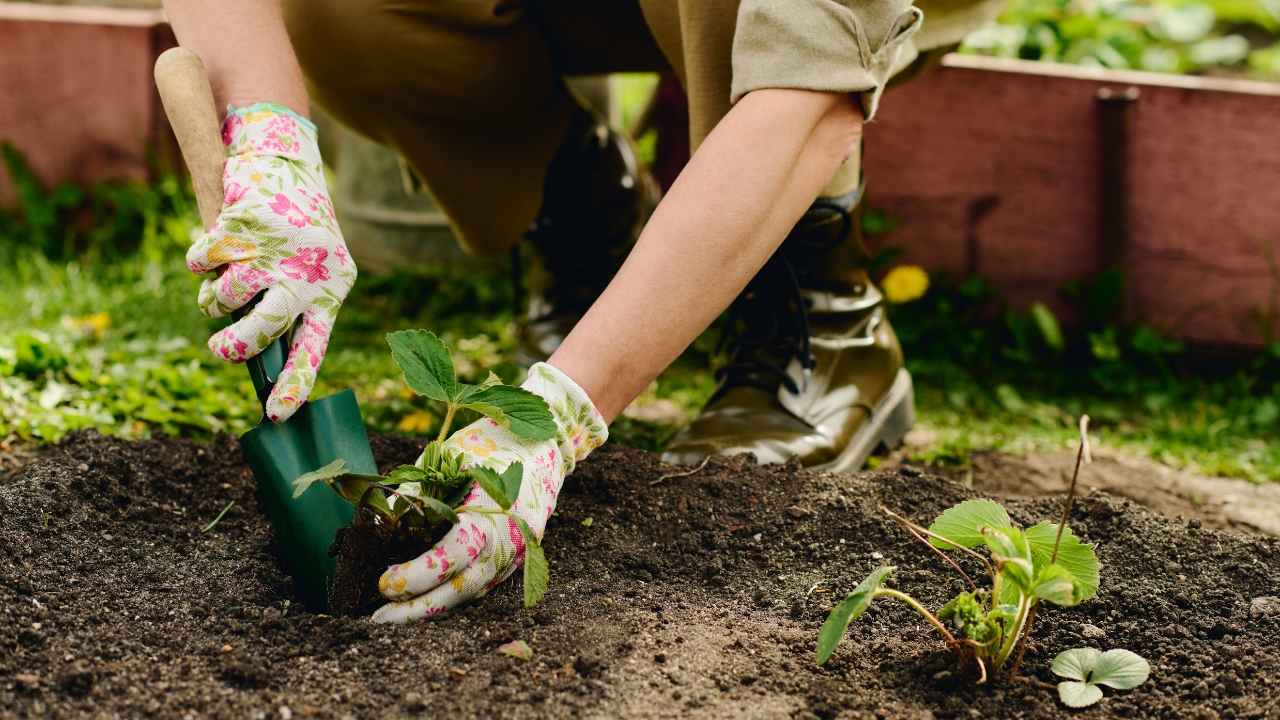
Long before Pinterest made it cute, Grandma was planting marigolds with her tomatoes and basil with her peppers. She knew some plants help others grow stronger or keep pests away.
Companion planting is still one of the most practical ways to get better yields and fewer bugs—without spending a dime on extra sprays or supports.
Pull Weeds by Hand
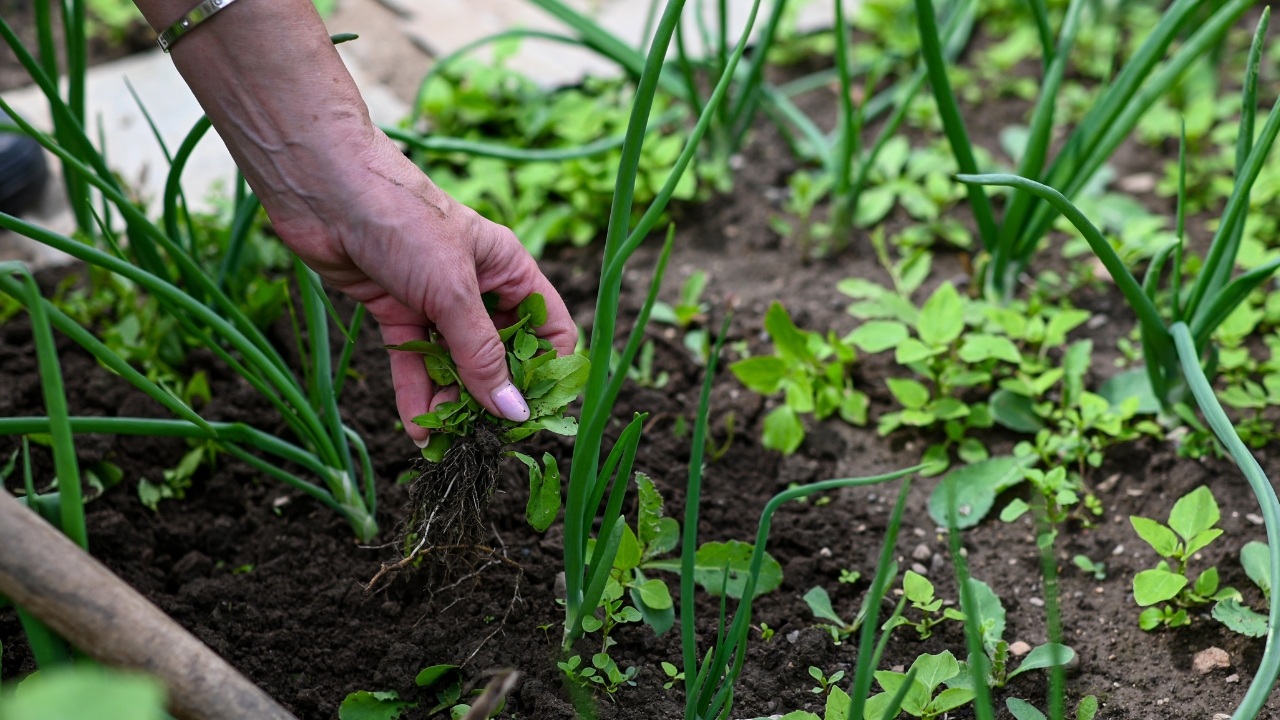
It’s not glamorous, but pulling weeds by hand works better than most quick fixes. Grandma didn’t have a jug of herbicide—she had a hoe, a stool, and a morning routine.
Staying on top of weeds early saves you hours later. Plus, you won’t risk killing your vegetables or wrecking the soil. It’s not fun, but it’s effective.
Harvest Regularly

Grandma didn’t let zucchini grow into baseball bats. She picked often and early, which kept the plants producing and gave her a better harvest over time.
If you’re trying to stretch your garden’s output, get in the habit of harvesting every couple of days. It keeps plants in production mode and helps you spot issues before they get out of hand.
Preserve What You Grow

Growing food is only half the job. Grandma canned, dried, or froze whatever she didn’t eat fresh. That way, the garden didn’t stop feeding her when the season ended.
If you’re putting in the work to grow it, don’t let it go to waste. Even freezing chopped herbs in olive oil or making a quick pickle can save you time and money later.
Rotate Crops Every Year
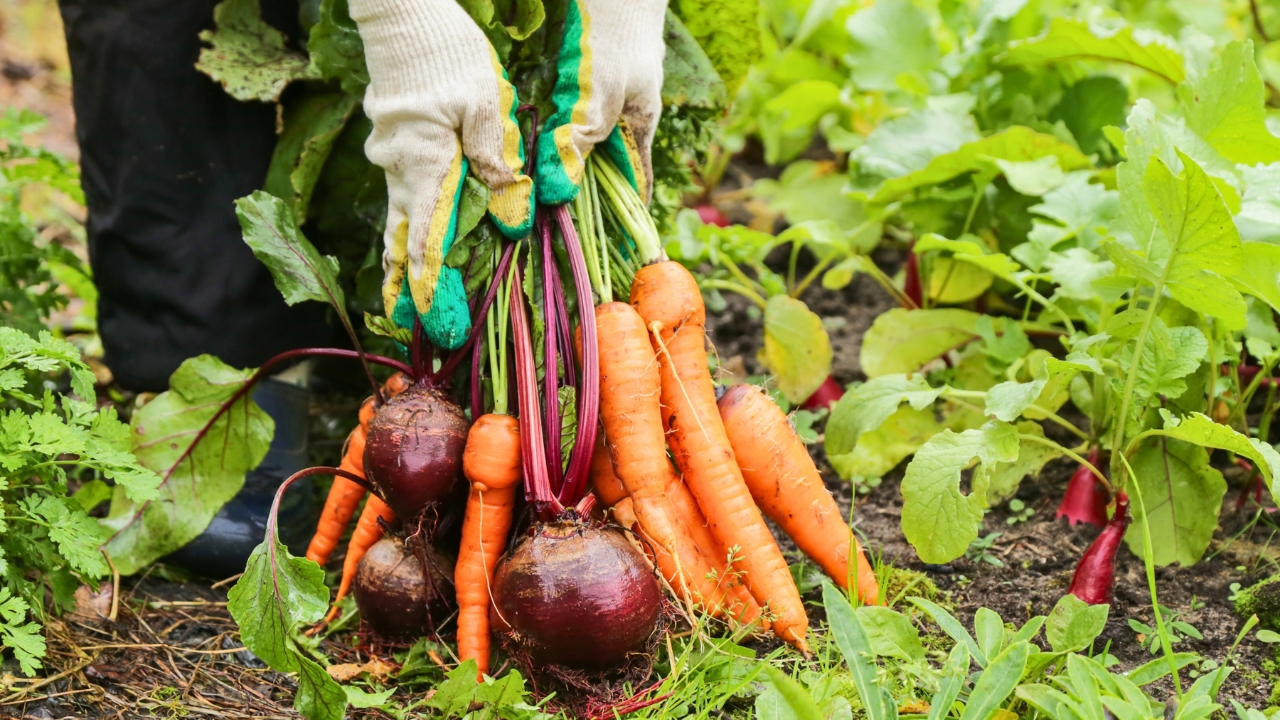
Even without a fancy rotation chart, Grandma knew not to plant the same crop in the same spot every season. That helped cut down on soil diseases and pest cycles.
If you’ve got raised beds or a backyard plot, take a little time to switch things around. It doesn’t have to be complicated—just avoid planting the same family of plants in the same place two years in a row.
Listen to the Garden
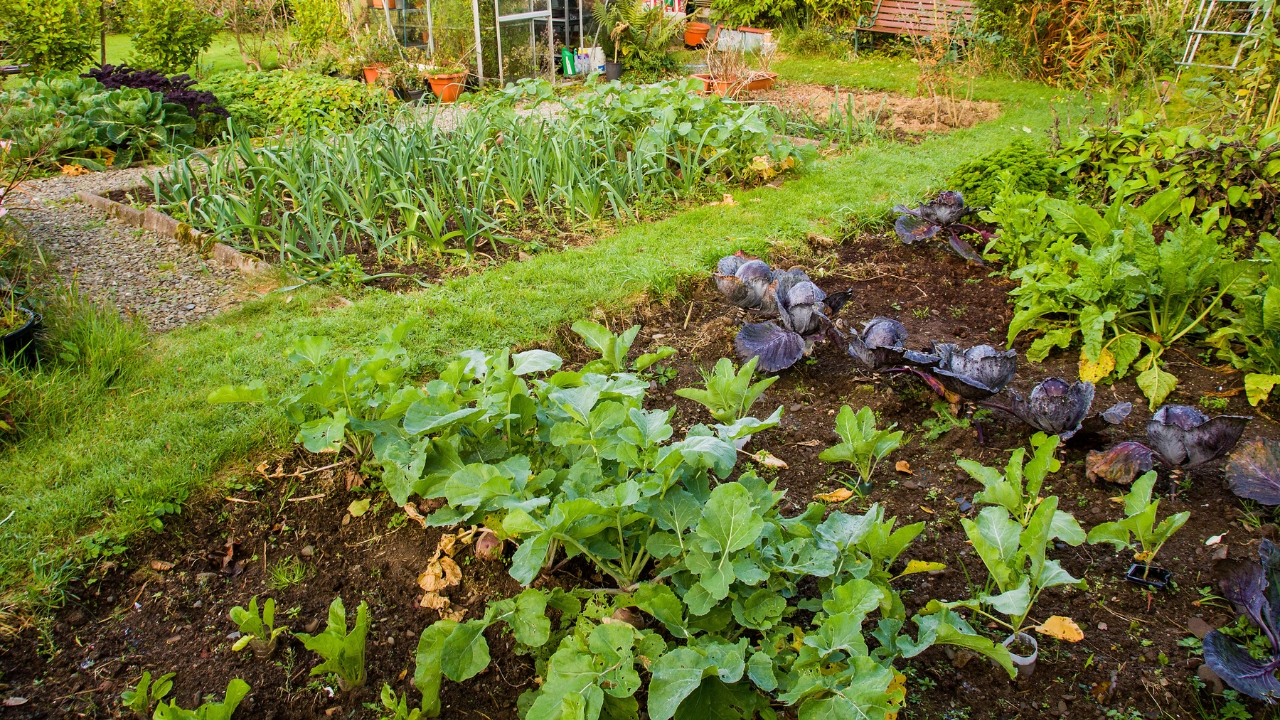
This might be the biggest one. Grandma didn’t garden by guesswork. She watched her plants, paid attention to the weather, and noticed what worked.
You can read all the guides you want, but nothing replaces real-time observation. Get your hands in the dirt, keep an eye on things, and let the garden teach you what it needs.
*This article was developed with AI-powered tools and has been carefully reviewed by our editors.


